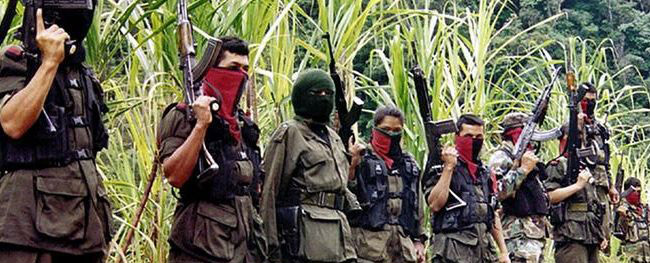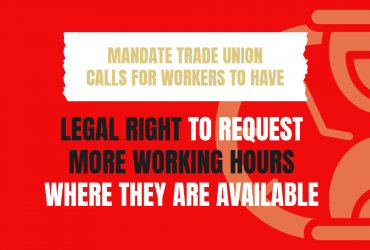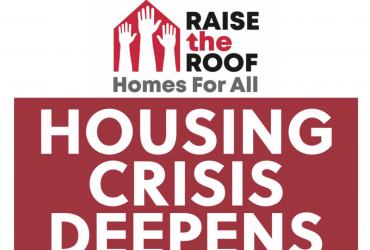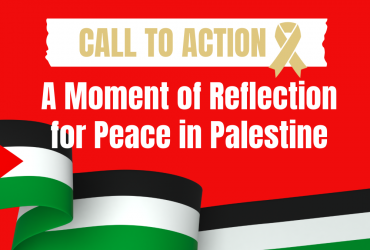
Savage War of Peace
Friday 26 January 2018By Stephen Nolan
Trademark – Anti-sectarian Unit ICTU
AFTER two years of secret talks and nearly four years of formal negotiations brokered by Cuba, the chief FARC negotiator, Ivan Marquez and the head of the Colombian delegation, Humberto de la Calle signed a historic peace agreement at a ceremony in Havana in 2016 bringing to an end over 50 years of war that has seen more than 222,00 deaths and millions of internally displaced.
Iván Márquez, the FARC’s top negotiator, said: “We have won the most beautiful of all battles: [the battle] of peace for Colombia. The battle with weapons ends and the battle of ideas begins.”
The final agreement went to a plebiscite on October 2, 2016 but with a low turnout of 34% it failed with 50.2% voting against it and 49.8% voting in favour. In areas central to the conflict the vote was in favour while in urban areas that saw less of the conflict larger numbers voted against it. Following the failure of the plebiscite a revised agreement was passed with a vote of 75-0 in favour in the Senate and 130-0 in the House of Representatives.
The deal is designed to address both the root causes of the conflict while laying out a calendar for the disarmament and demobilisation of the FARC. The deal is comprised of six parts:
1. Reform of the rural economy and eradication of rural poverty.
2 Guarantees for political participation and broadening of democratic rights.
3. Ceasefire and disarmament of the FARC and their reincorporation into civilian life.
4. Solution to the problem of illicit crops and drugs.
5. Truth, justice, no-repetition and reparations for victims of the armed conflict.
6. Implementation and verification of the final peace agreement.
Crucially, the agreement states that the government must address the huge inequalities in wealth, land ownership and income that characterise Colombian society. In turn, the FARC will move its estimated 7,000 fighters from the hinterland into ‘disarmament camps’ to be overseen by the United Nations, where the de-mobilised guerrilla fighters will receive 90% of Colombia’s minimum wage as they dis-arm and attempt to re-integrate into society.
The deal also includes reparations to victims and sets up a transitional justice system for crimes committed during the conflict and although an amnesty will be granted for less serious offences it will not cover the worst atrocities.
Death squads
The agreement nonetheless faces serious challenges, not least a lack of agreement on prisoner release and the ongoing activities of paramilitary death squads. If you were to read about the conflict in the western press you might be led to believe that the conflict was between Marxist guerrillas and state security forces, what is rarely mentioned is the role of Colombia’s right-wing paramilitary death squads who are notorious for their brutality and who have been responsible for the vast majority of the human rights abuses that have occurred in the country in the past 25 years:
“They are infamous for their use of vicious violence, including massacres with chainsaws, brutal torture, sexual violence and cutting off of limbs as tactics designed to instil fear and terror among those they target. The scale of their violence is astonishing and it is estimated that the paramilitaries have killed around 150,000 Colombians and displaced hundreds of thousands more.” – Justice for Colombia
Of most concern is the open secret that these right-wing groups are directed by a network of wealthy landowners, business figures, senior military officers and drugs traffickers that is known as the ‘United-Self Defence Forces of Colombia’, or AUC, its Spanish acronym.
Since the start of the so-called ‘Paramilitary Peace Process’ in 2002, the Colombian government’s official line is that these paramilitaries have demobilised, but this is not the case and thousands of activists, trade unionists and peasants have been murdered as these groups continue to function with impunity across the country. Their existence and links to the deep state pose a very real threat to the peace process.
The latest report from the human rights observatory, Somos Defensores, revealed that 35 human rights activists were killed in the first six months of 2016. There were 232 death threats, 21 attempted assassinations, 13 arbitrary arrests and one disappearance. The report states that paramilitary groups are responsible for the majority of attacks, 68% of cases, while the army was responsible for 10% and the FARC 0.1% of cases. Since the peace agreement was signed more than 130 ‘social leaders’ have been murdered.
The United Nations Under-Secretary-General for Political Affairs, Jeffrey Feltman, has called on the Colombian government to increase efforts to implement the peace deal with a greater focus on reintegration of demobilised FARC guerrillas into civil society, guarantees over political participation for the FARC’s newly-formed political party and security in areas vacated by the FARC that have subsequently been occupied by right-wing paramilitaries.
Working tirelessly at the centre of the peace process is Mariela Kohon and the team at Justice for Colombia, a trade union-sponsored NGO established in 2002 in response to the appalling human rights crisis in Colombia, and particularly serious abuses of trade unionists.
In 2008, JFC Ireland was set up, and in 2014 Mandate was part of a trade union delegation to Colombia to draw attention to both abuses of trade unionists and support for the burgeoning peace process.
Key to this trip was an investigation into the impact of the EU-Colombia Free Trade Agreement. It was felt that the agreement would reward human rights violations and, through increased investment in mining, increase land grabs and forced displacement of local indigenous groups. The north of Ireland has also played its part with both the DUP and Sinn Fein involved in advising and supporting the process with the final agreement clearly drawing on the shared experiences of the Good Friday Agreement.
While we must, of course, celebrate this first stage of the peace process, there is no doubt that very real difficulties lie ahead.
As with other peace processes around the world there is the very real likelihood that we will see the ‘double transition’ from conflict to peace and, simultaneously, from a decidedly undemocratic capitalism to an ostensibly democratic, neoliberal capitalism that will be characterised not by social justice and equality but by free trade zones, privatisation and deepening inequality.
Real fear
Added to this economic threat is the very real fear of a return to conflict; only days after the peace deal was signed Cecilia Coicué, a member of the Marcha Patriótica movement, was murdered in the region of one of the proposed demobilisation areas.
FARC and human rights observers have pointed to the dangers of these attacks in undermining the entire peace agreement and their fear is well founded. In 1985, the FARC created a political wing, Patriotic Union, in order to negotiate a peace. Over the following few years, Patriotic Union was exterminated with more than 5,000 members murdered by the AUC.
The signs are ominous, since the deal was signed, right-wing death squads have continued their campaign of murder. In the last month, six FARC members have been killed by right wing paramilitaries in El Charco, Nariño, while former guerrilla Henry Meneses Ruiz was murdered in Cauca.
According to Colombia’s National Human Rights Coordinator, Cristian Delgado, at least 38 FARC members or close family relatives of members have been murdered since the peace agreement was signed in November 2016.





